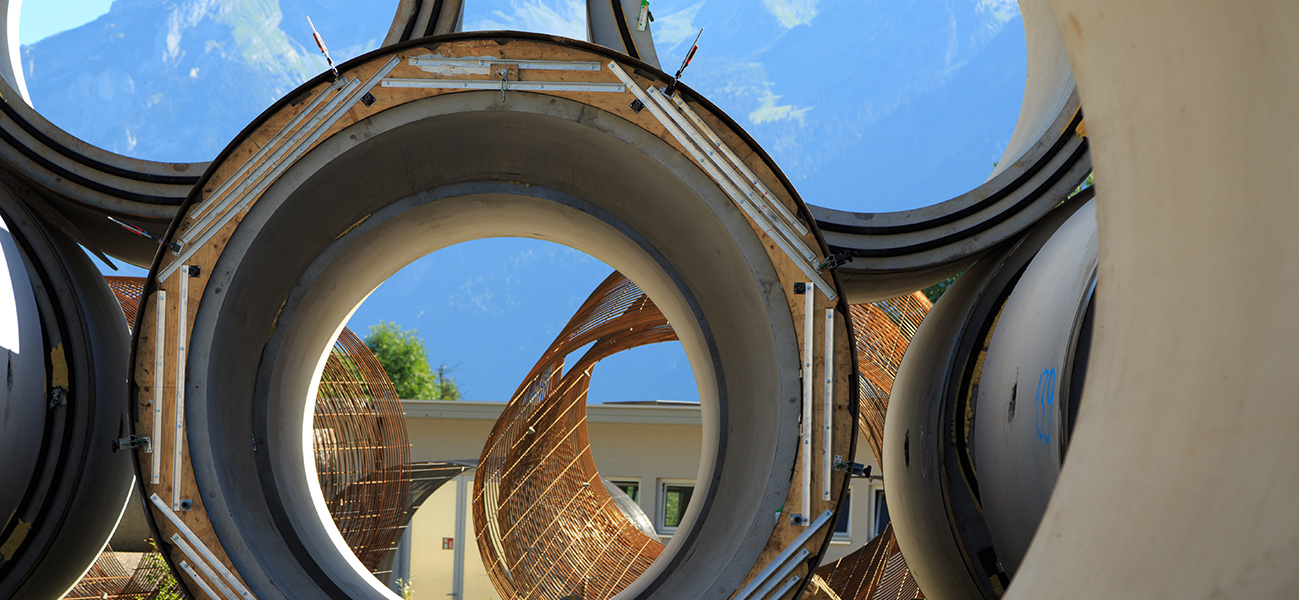Utility infrastructure is not at the forefront of most people’s minds, usually because it is invisible. However, even in the broader community, microtunnelling is becoming a hot topic.
The practice of microtunneling originated in Japan and Europe in the late 1980s, but it has taken a couple of decades to catch on around the world. Microtunneling is less invasive than other civil engineering practices, and because of this, it has become increasingly popular.
Compared to open-cut pipeline installation, microtunnelling involves replacing continuous trenches with widely spaced shafts. Therefore it has a much lower carbon footprint and it is a much more environmentally-controlled approach.
Microtunneling is considered to be a fast alternative to traditional pipe installation systems, so it is being used to replace ageing water, sewer, gas, electricity, and telecommunications systems. It is a trenchless technology which is used to bore smaller tunnels, usually 0.6 – 2m in diameter.
Successful microtunnelling relies on great planning from above. It is similar to pipe jacking, but instead, it is remote-controlled. A slurry system is used to retrieve the spoil (excavated material). Microtunneling is a great solution in instances where a higher degree of installation accuracy is required.
One great benefit of microtunnelling is that it is extremely accurate on line and grade, especially when compared to other trenchless methods. With microtunnelling, hitting the mark of plus/minus one inch is certain. This makes microtunnelling a great technique for gravity pipelines or sewer projects.
If you are interested in hiring a civil engineering company to work on a microtunneling project, just get in touch with the expert team at SB Civils.



